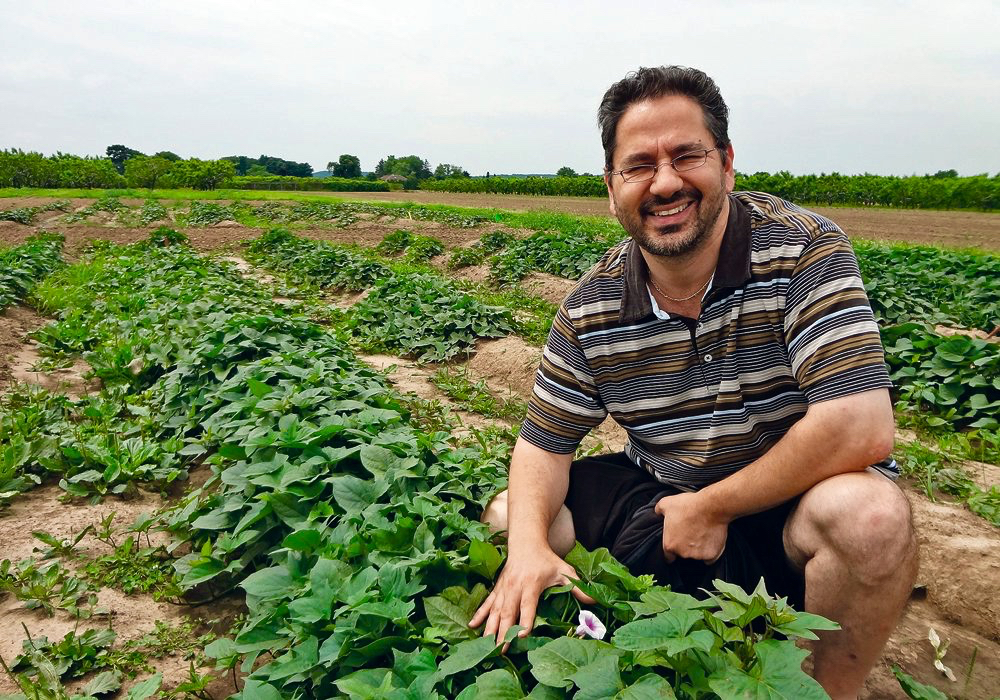Near the end of August, late blight was detected in one Norfolk county farmer’s potato field within a few Envol plants.
The disease is under control as the affected plants were destroyed and the field was sprayed with Ridomil and Bravo.
Why it matters: Late blight, caused by the fungus-like pathogen Phytophthora infestnas, is one of the most devastating diseases to potatoes with the potential of destroying a potato field in four or five days.
It’s important for farmers to monitor their fields closely and decrease the onset of late blight until the end of the season as most fields are within two weeks to harvest, says Eugenia Banks, consultant to the Ontario Potato Board.
Read Also

Packer buys Green Giant, Le Sieur veg brands from U.S. owner
A Quebec-based processor’s deal to buy the Green Giant and Le Sieur packaged and frozen vegetable brands in Canada from a U.S. owner clarifies the status of two popular retail brands grown by Canadian farmers.
Areas with higher water retention, such as low-lying areas, compacted areas, field edges along creeks, ponds or tree lines, weedy areas and windward areas, should be under higher observation.
If utilizing pivot irrigation, Banks suggests to look closely at the plants under the first tower of center pivots.
“These areas remain wet longer than areas farther out on the boom. Also, wheel track areas usually remain damp or wet after other parts of the field have dried.”
Night temperatures of 10 to 15C, with daily temperatures of 15 to 20C and free water provide the necessary environment for pathogen development and growth.
“With temperatures above 18C, each spore germinates directly, penetrates the plant and causes one lesion. Below 18C, each spore releases eight to 12 zoospores that swim in the water film, they can penetrate and cause a lesion.”
Spores can travel as far as 100 kilometres when spread by high winds in storm front.
“Rain splash and farm equipment can also spread spores within fields,” says Banks.
All parts of a potato plant are susceptible to late blight: leaves, stems and tubers.
Symptoms within the leaves begin as small, dark green, water-soaked spots which can expand to large dark brown or black spots, usually surrounded by a halo and are not restricted by veins.
Similar to leaves, stems develop dark brown, irregular lesions and begin where the petioles attach to the stem.
Tuber infection is identified by brown to purple areas on the skin and are slightly depressed. Within the tuber, a dry, granular rot develops under the skin but does not exceed deep into the tuber flesh.
“Tuber lesions provide an entry point for soft rot bacteria that cause tubers to decay very rapidly.”
It’s important for farmers to note that the late blight pathogen is a biotroph, it only survives in living tissue. Therefore, it can carry over from one season to the next within infected seed tubers and infected tubers in cull piles – it’s important to eliminate cull piles whether through burial, freezing or feeding to livestock.
“Tubers left in the field after harvest may survive the winter and become volunteers in rotational crops. Volunteers are not sprayed with fungicides and are easy targets for late blight. Once infected, they are effective sources of late blight spread by wind to healthy potato fields.”













